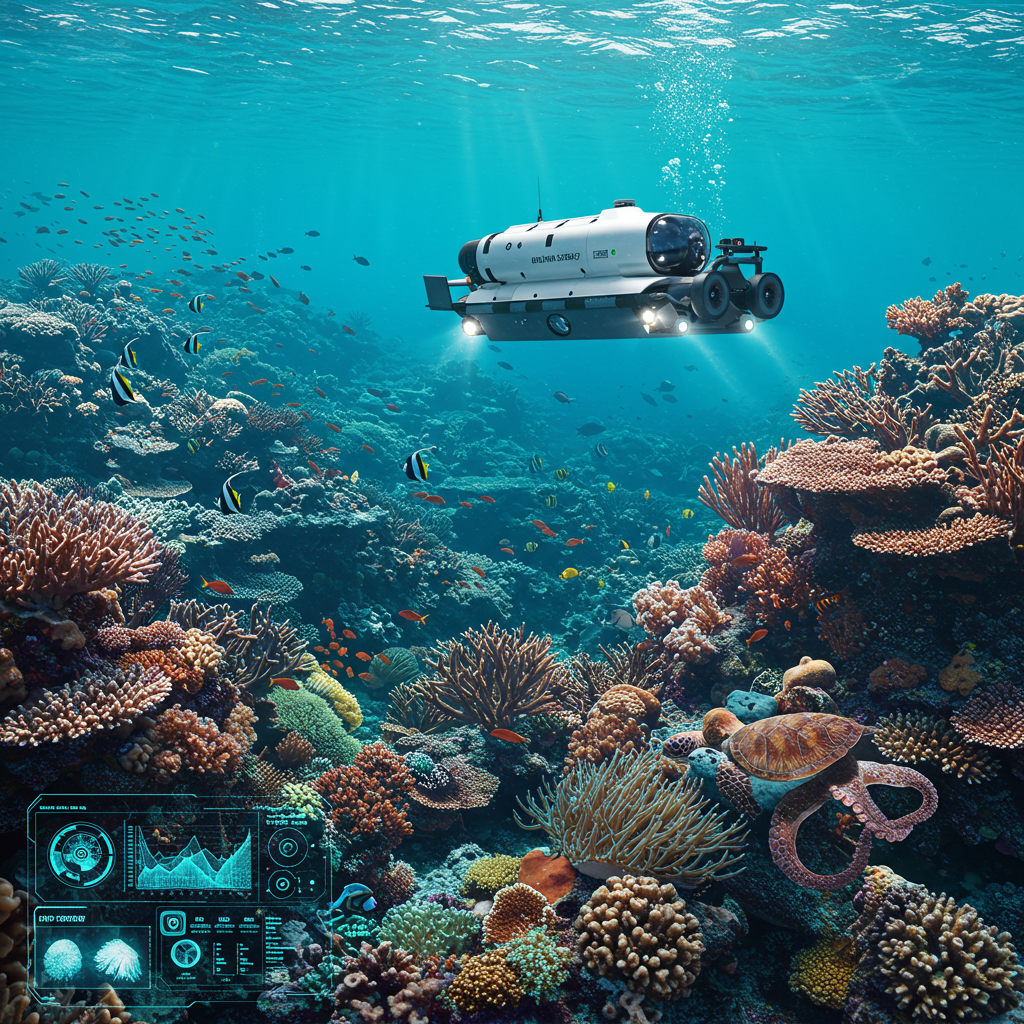The exploration of buried carbonate reefs has long been a focal point for geoscientists, particularly due to their significance in understanding basin evolution and petroleum reservoir potential. Traditionally, seismic reflection data has been a primary tool for identifying these subsurface structures. However, challenges in accurate interpretation have persisted due to similarities between carbonate reefs and other geological formations such as buried volcanoes, erosional remnants, and tilted fault blocks.
With recent advancements in artificial intelligence, machine learning (ML) is revolutionizing the way geoscientists analyze seismic data. A groundbreaking study introduces a machine-learning-driven approach that enhances the identification and visualization of buried carbonate reefs, offering new avenues for geoscientific exploration. This innovation promises improved accuracy, efficiency, and automation in subsurface geological interpretation.
Carbonate reefs are thick carbonate deposits composed primarily of skeletal remains of marine organisms. They are crucial for hydrocarbon exploration as they often serve as stratigraphic traps that hold significant petroleum reserves. In offshore basins such as the Browse Basin, located off the northwest shelf of Australia, carbonate reef structures developed extensively during the Miocene period, making them key targets for hydrocarbon exploration.
Understanding the geological characteristics of carbonate reefs is essential for seismic interpretation. Their unique subsurface architecture, high-amplitude capping reflections, and variable dips along flanks make them distinct from surrounding sedimentary layers. However, their similarities to other subsurface formations complicate traditional interpretation methods, which often rely on manual analysis and subjective judgment.
To overcome these challenges, researchers have developed a novel seismic attribute called the Reef Cube (RC) meta-attribute. This attribute is derived by fusing multiple seismic attributes using a supervised machine-learning algorithm. The approach utilizes a multi-layer perceptron neural network to process seismic data and automatically highlight carbonate reef structures with minimal human intervention.
By training the machine-learning model on a subset of the seismic dataset, researchers achieved highly accurate results, with a normalized root-mean-square error (nRMS) of 0.28 and 0.30, and a misclassification percentage of just 1.13% and 1.06% for the train and test datasets, respectively. The RC meta-attribute successfully captured the structural anatomy of a carbonate reef buried approximately 450 meters below the seafloor in the Browse Basin.
The development of the RC meta-attribute follows a structured workflow that begins with the enhancement of 3D seismic data using structural filtering techniques to improve lateral continuity and suppress noise, thereby enhancing signal clarity. Next, seismic attributes such as energy, similarity, dip angle variance, curvature, and reference time are carefully selected to characterize carbonate reef structures. The neural network is then trained using a supervised learning approach, where labelled locations based on seismic signatures serve as input data to enable the system to recognize and identify carbonate reefs accurately. Once the model is trained and validated, it is applied across the entire seismic dataset to generate the Reef Cube meta-attribute, offering a detailed and automated representation of buried carbonate reefs with minimal human intervention.
The introduction of machine learning in seismic interpretation offers numerous benefits:
- Automation and Efficiency: Machine learning significantly reduces the time and effort required for manual seismic interpretation, accelerating decision-making in exploration projects.
- Enhanced Accuracy: Traditional interpretation methods rely on subjective human judgment, while ML algorithms minimize errors by learning patterns from vast amounts of seismic data.
- Better Visualization: The RC meta-attribute provides a highly detailed, three-dimensional representation of buried carbonate reefs, improving geoscientific insights.
- Scalability: The approach is applicable to large seismic datasets, making it a valuable tool for global hydrocarbon exploration efforts.
- Reduction in Human Bias: Machine learning eliminates potential biases and inconsistencies that arise from human interpretations.
The effectiveness of the RC meta-attribute was demonstrated in the Browse Basin, an offshore sedimentary basin in northwest Australia. The basin hosts numerous Miocene-age carbonate reefs that are difficult to identify using traditional seismic attributes alone.
Through the machine-learning-driven interpretation process, researchers successfully mapped out the intricate “deep-seated cake” structure of the buried carbonate reef. The RC meta-attribute revealed features such as stacked growth platforms, small reef patches at the crest, and marginal onlap structures, which were previously difficult to delineate using conventional seismic methods.
This innovative approach ensures that petroleum geologists and exploration companies can make more informed decisions when identifying potential hydrocarbon reservoirs, reducing exploration risks and increasing operational efficiency.
The application of machine learning in geoscience is set to transform the field of seismic interpretation. The success of the RC meta-attribute in detecting buried carbonate reefs marks just the beginning of AI-driven geological analysis. As machine learning technology continues to evolve, its application in geosciences will expand, offering even greater improvements in:
- Geological hazard assessments: AI can enhance the prediction and monitoring of geological hazards such as landslides, earthquakes, and subsurface instabilities.
- Mineral exploration: Advanced ML models can improve the detection of economically viable mineral deposits in complex geological environments.
- Environmental monitoring: AI-powered seismic interpretation can contribute to better assessments of coastal erosion, coral reef degradation, and subsurface environmental changes.
The integration of machine learning into seismic data analysis represents a significant leap forward for geoscience and hydrocarbon exploration. The development of the Reef Cube meta-attribute showcases how artificial intelligence can enhance geological interpretations, streamline workflows, and improve decision-making.
By embracing machine-learning-driven seismic interpretation, researchers and industry professionals can unlock new opportunities for resource exploration while minimizing risks and uncertainties associated with traditional methods. The future of geoscience is undoubtedly digital, and AI will continue to play a pivotal role in uncovering the secrets of Earth’s subsurface structures.
Reference
Kumar, P. C., & Sain, K. (2023). Machine learning elucidates the anatomy of buried carbonate reef from seismic reflection data. Artificial Intelligence in Geosciences, 4, 59-67.


